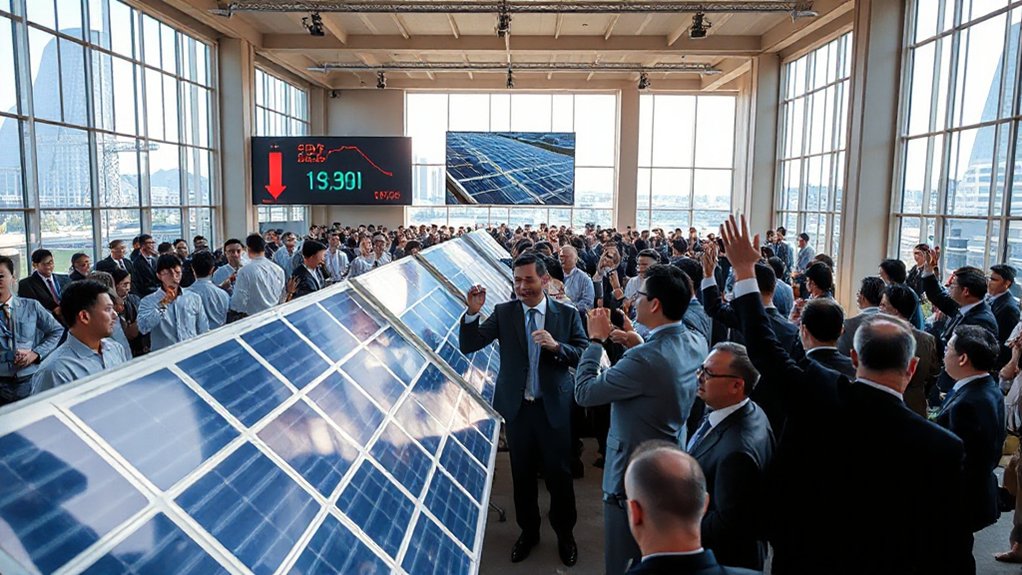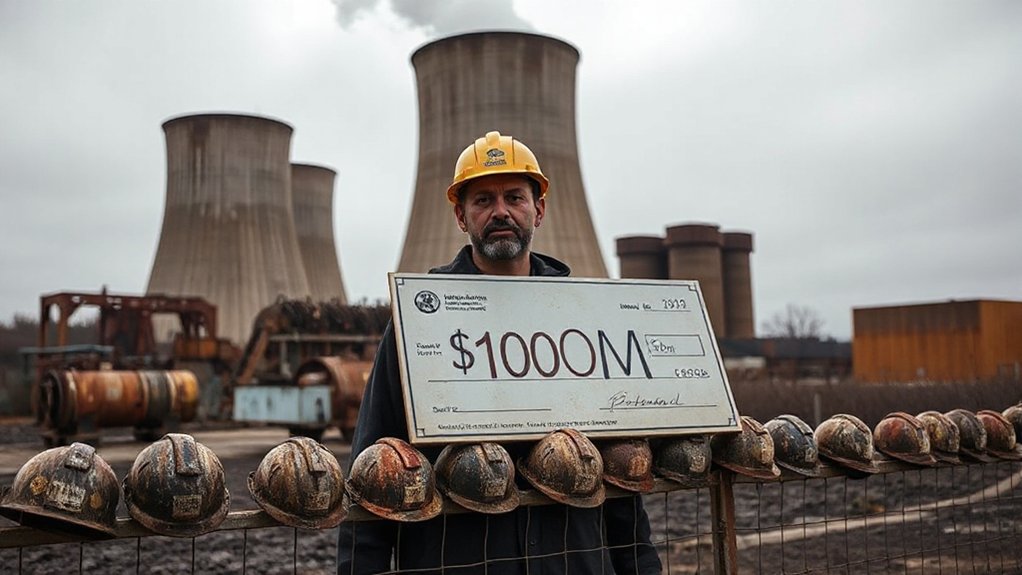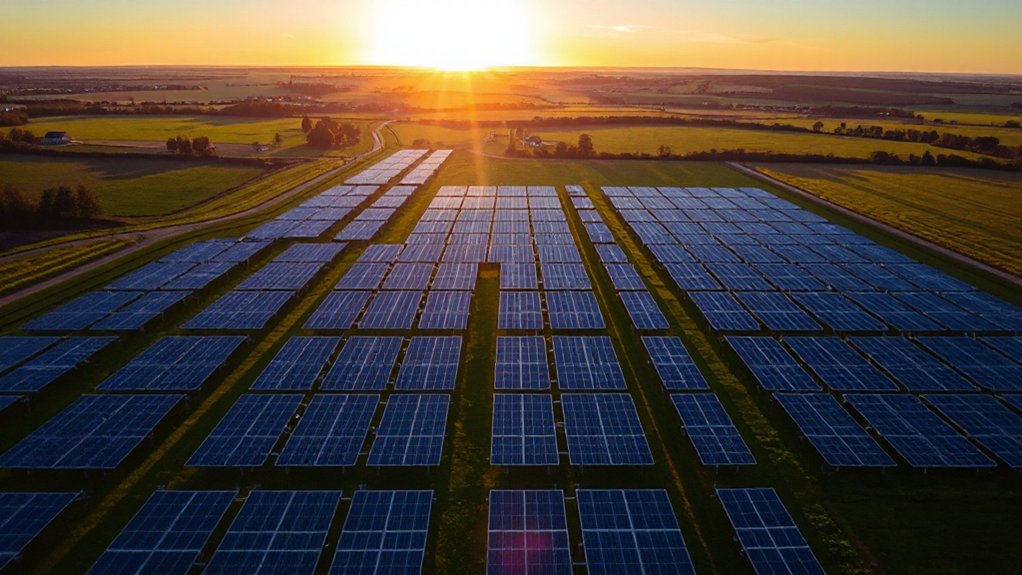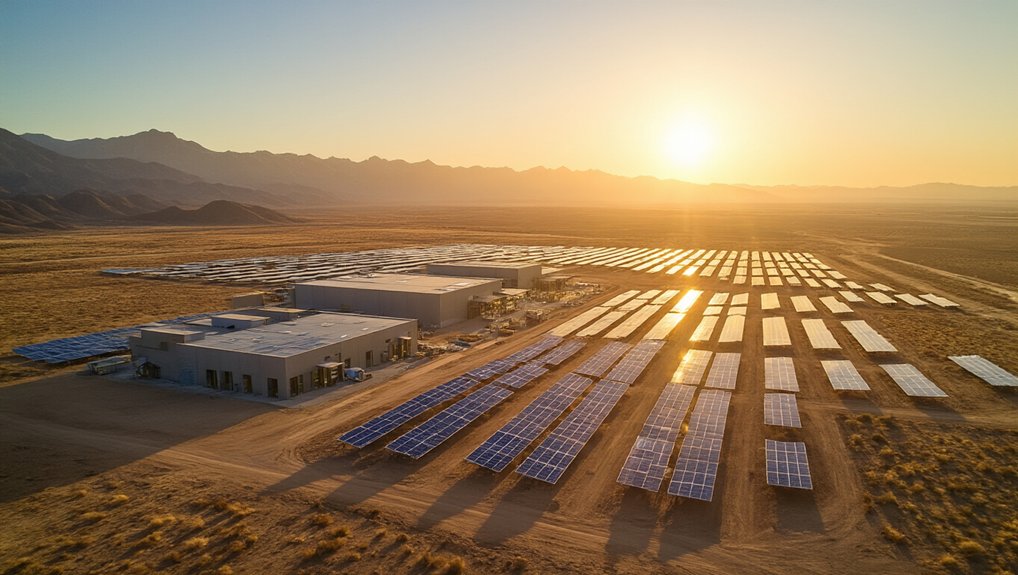While renewable energy watchers expected changes to China’s solar market, few anticipated the dramatic price plunge triggered by the country’s new auction system. The 2025 switch from feed-in tariffs to auction-based pricing has sent solar prices into freefall. No kidding – Shandong province’s inaugural auction saw solar PV clear at a jaw-dropping RMB 0.225/kWh, a full 43% below benchmark prices. Wind power got hammered too, but “only” dropped 19.2%. Solar’s clearly winning the race to the bottom.
The competition was brutal. Over 3,000 participants slugging it out for pieces of the 4.856 GW renewable pie. Solar grabbed 1.265 GW of that, mostly utility-scale projects. Only 46 MW went to distributed solar – big plants are where the action is. All 1,200 winning projects must be operational by year’s end. Talk about a tight timeline.
These auctions aren’t just changing prices – they’re crushing investor returns. Previous solar projects enjoyed cushy 8-11% IRRs with generous 18-year execution periods. Now? Try 6.3% returns with 10-year timelines. Ouch. Still, the government’s getting exactly what it wanted: cheaper clean energy and a more sustainable growth trajectory. Investors now face significant challenges with price fluctuation risk and potential curtailment losses in many provinces.
China’s not messing around with its renewable targets either. They’re gunning for 3,600 GW of wind and solar by 2035. The first half of 2025 already saw 212.2 GW of solar additions, more than double the previous year. Developers rushed to beat auction deadlines. The massive growth aligns with global trends, as photovoltaic cell costs have dropped 82% from 2010 to 2019, making solar increasingly competitive.
The ripple effects extend globally. Chinese manufacturers are dominating exports, with PV cells making up 22% of their solar panel shipments. The auctions are driving costs down while forcing innovation up – a formula that’s keeping Chinese tech competitive worldwide.
Officials are now planning “self-discipline agreements” to prevent a price war from decimating manufacturer profits. Because even China realizes that rock-bottom prices are great until nobody can afford to make panels anymore. The introduction of CfD mechanism represents a significant step in China’s market-oriented pricing reforms for renewable energy.
References
- https://www.pv-magazine.com/2025/11/03/chinas-new-auction-system-drives-steep-solar-price-declines/
- https://taiyangnews.info/markets/china-concludes-inaugural-renewable-energy-auction-under-new-power-reforms
- https://www.woodmac.com/blogs/the-edge/china-renewables-investment-powers-on/
- https://ember-energy.org/latest-insights/china-solar-cell-exports-grow-73-in-2025/
- https://iea.blob.core.windows.net/assets/48eccb83-984c-45d2-bf78-67a61e88d241/Renewables2025.pdf
- https://about.bnef.com/insights/clean-energy/record-renewable-energy-investment-in-2025-three-things-to-know/
- https://www.climatechangenews.com/2025/10/07/global-renewables-goal-slips-off-course-after-trump-china-moves/








